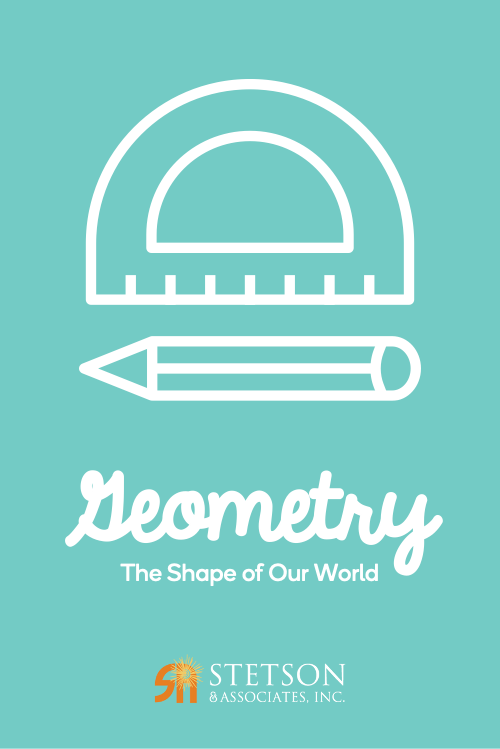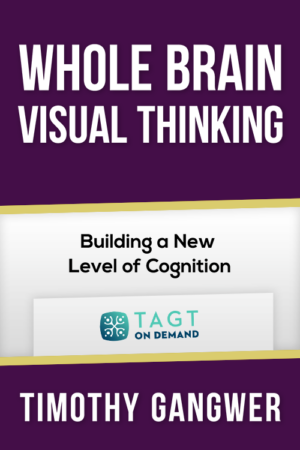Description
The Language of Geometry
Our world is defined by space and spatial relationships of geometric shapes and elements. The arguments we use to defend our points of view to others model geometric thinking. These geometric structures are one of the oldest, most practical, and to many students the most relevant studies in mathematics.
Understand the Multiple Applications of Geometry
From the most ancient times, our ancestors have used the tools and truths of geometry to build pyramids for kings, fences for farmers and ships for discovering new worlds. The curiosity and creativity of our students, combined with the mathematics made possible by new technologies, will grow these ancient truths into amazing new applications. This course addresses the most essential content common to geometry curriculums in grades 8-10.
COMPONENTS
-
Geometric Thinking—Focus on developing students’ abilities to present defensible arguments that will guide them throughout high school, college and the working world. Discuss application to the scientific method, persuasive writing, and even the need to identify errors in arguments found in the thinking of peers, news media and advertising.
-
The Geometry of Size—Use formulas to describe and compute area, surface area and volume of two and three-dimensional shapes. Examples emphasize the disciplined and orderly process used to measure size and shape in problem-solving situations.
-
Geometric Relationships—Describe the relationships among parallel and perpendicular lines and among congruent and similar figures.
-
Right Triangle—It’s doubtful that any other geometric shape is as useful to mankind as the right triangle. Participate in an interactive activity to prove the Pythagorean Theorem and then use it to solve important problems.
AUDIENCE
Teachers






Reviews
There are no reviews yet.